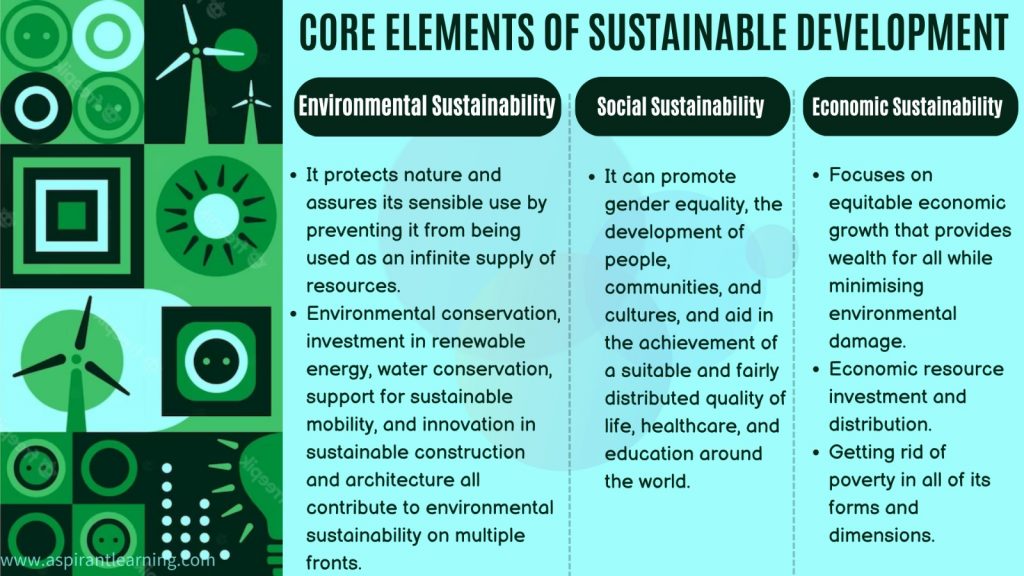News Highlight
Doha Political Declaration adopted by world leaders to fast-track progress in least-developed countries.
Key Takeaway
- The world leaders adopted the ‘Doha Political Declaration after the Fifth United Nations Conference on the Least Developed Countries (LDC5).
- The declaration delivered by the head of the nations is a crucial conclusion of the second phase of the LDC5 conference conducted.
- It was under the subject “From Potential to Prosperity” in Qatar from March 5-9, 2023.
- With less than eight years until the Sustainable Development Goals are met.
- The declaration focuses on executing the Doha Plan of Action (DPoA).
Doha Political Declaration
- About
- It is a crucial conclusion of the second phase of the LDC5 conference conducted under “From Potential to Prosperity” in Qatar.
- The proclamation commended the Doha Programme of Action (DPoA) and vigorously vowed to implement it over the next decade.
- The declaration also asked the Secretary-General of the UN to guarantee full mobilisation.
- As well as coordination of all sections of the UN system to support the coordinated execution of the Doha Plan of Action.
- Need for the Declaration
- Several problems, like;
- The Covid-19 pandemic
- The Climate Crisis
- Rising inequalities
- Rising debt burdens
- Economic shocks are wreaking havoc on the 46 LDCs.
- They have contributed little to CO2 emissions yet bear a disproportionate share of climate change repercussions.
- These countries, including 33 African states, face high debt costs and insufficient liquidity to offer basic services.
- According to the Sustainable Development Report 2022, LDCs are the weakest performers in terms of progress towards SDG achievement.
- Several problems, like;
Doha Programme of Action (DPoA)
- About
- It is a 10-year plan to get the world’s 46 most vulnerable countries back on track to meet the SDGs.
- DPoA for the Decade (2022-2031) was agreed upon during the first part of the LDC5 conference in March 2022 in New York, the US.
- The DPoA (2022-2031) had six key focus areas;
- Eradicating poverty
- Taking advantage of science and technology’s possibilities.
- Taking action to combat climate change.
- Degradation of the environment.
- Getting over the COVID-19 epidemic.
- Increasing resilience to future shocks to achieve risk-informed sustainable development.
Least Developed Country (LDC)
- About
- They are the UN-designated underdeveloped countries with the poorest socioeconomic metrics.
- The concept emerged in the late 1960s and was codified in November 1971 by UN Resolution 2768.
- According to the UN, an LDC is defined as “a country that exhibits;
- The lowest indicators of socioeconomic development
- Low levels of income
- Human capital and economic diversification
- High levels of economic vulnerability
- A population disproportionately reliant on agriculture, natural resources, and primary commodities.”
- The UN defines three criteria for classifying a country as an LDC:
- It must have a three-year average gross national income (GNI) per capita of less than USD 1,230.
- It must do poorly on a composite human assets index considering nutrition, health, and education variables.
- The country must show economic vulnerability, such as vulnerability to natural calamities and structural economic restrictions.
- The UN reviews countries every three years and requires them to meet a selection of all three criteria simultaneously.
Advantages of being an LDC
- Being designated as an LDC provides some economic benefits to the listed country.
- LDCs also have duty-free, and quota-free (DFQF) access to developed-country markets.
- This means LDCs are not hampered by trade restrictions or tariffs when exporting commodities to wealthier nations.
- This is a big benefit for LDCs since it allows them to expand their exports and get access to new markets.
- Additionally, it can help their economic development.
- LDCs are also eligible for development loans with preferential terms, such as lower interest rates and longer repayment terms than other nations.
- The terms “Official Development Assistance” (ODA) or “aid” are commonly used to denote this type of assistance.
- This money is designed to assist LDCs in meeting their basic needs.
- In addition, it promotes sustainable economic growth and development and combats poverty.
How India Supports the Least Developed Countries?
- India has consistently strongly advocated for the world’s least developed countries.
- The country has addressed issues confronting the developing and underdeveloped worlds at the UN and other international organisations.
- India has taken the initiative to arrange the “Voice of the Global South Summit,”.
- It demonstrates its commitment to developing and underprivileged nations.
- This is also evident in India’s current G20 leadership.
- Furthermore, it has raised challenges impacting poor and emerging economies on various platforms for tangible actions to be made to give solutions.

Conclusion
- Graduating from LDC status is a significant accomplishment but can be a double-edged sword.
- On the one hand, it indicates that a country has accomplished tremendous economic and social progress.
- And it may introduce new obstacles and hazards, as the nation may lose access to some of the trade-related benefits and assistance it received as an LDC.
Pic Courtesy: Down to Earth
Content Source: Down to Earth



